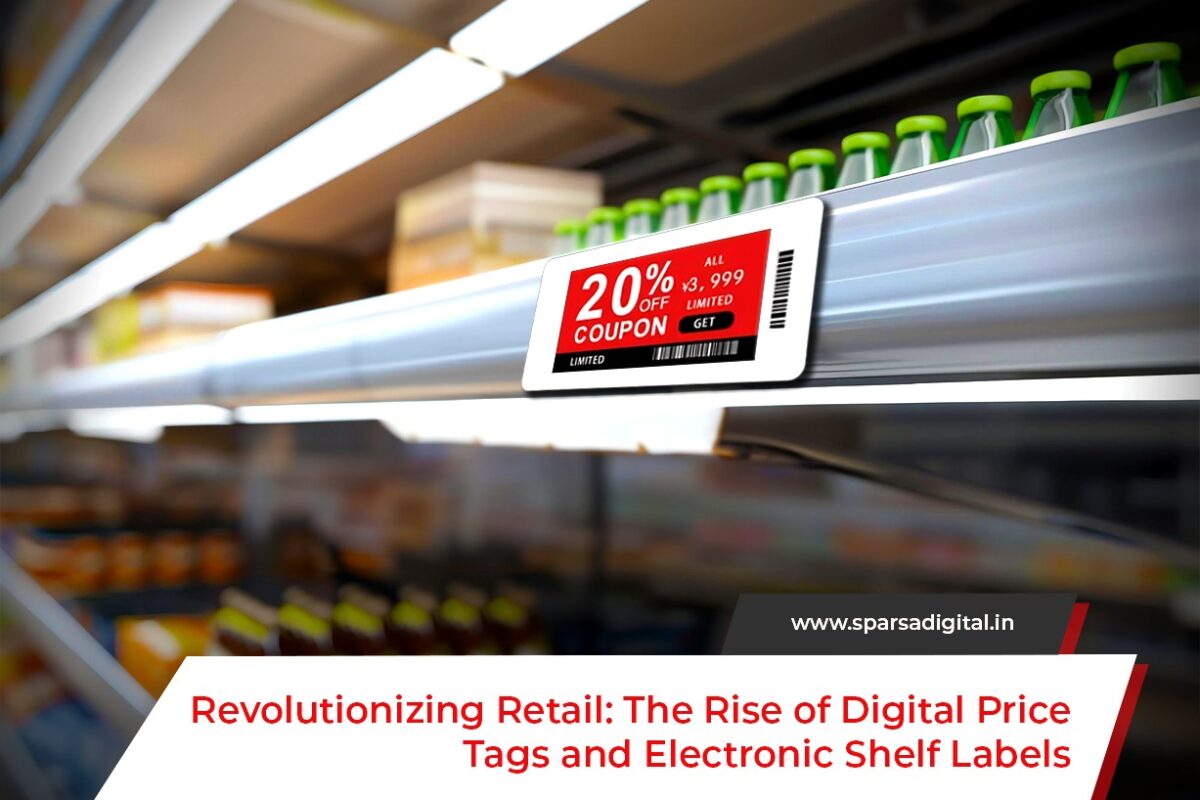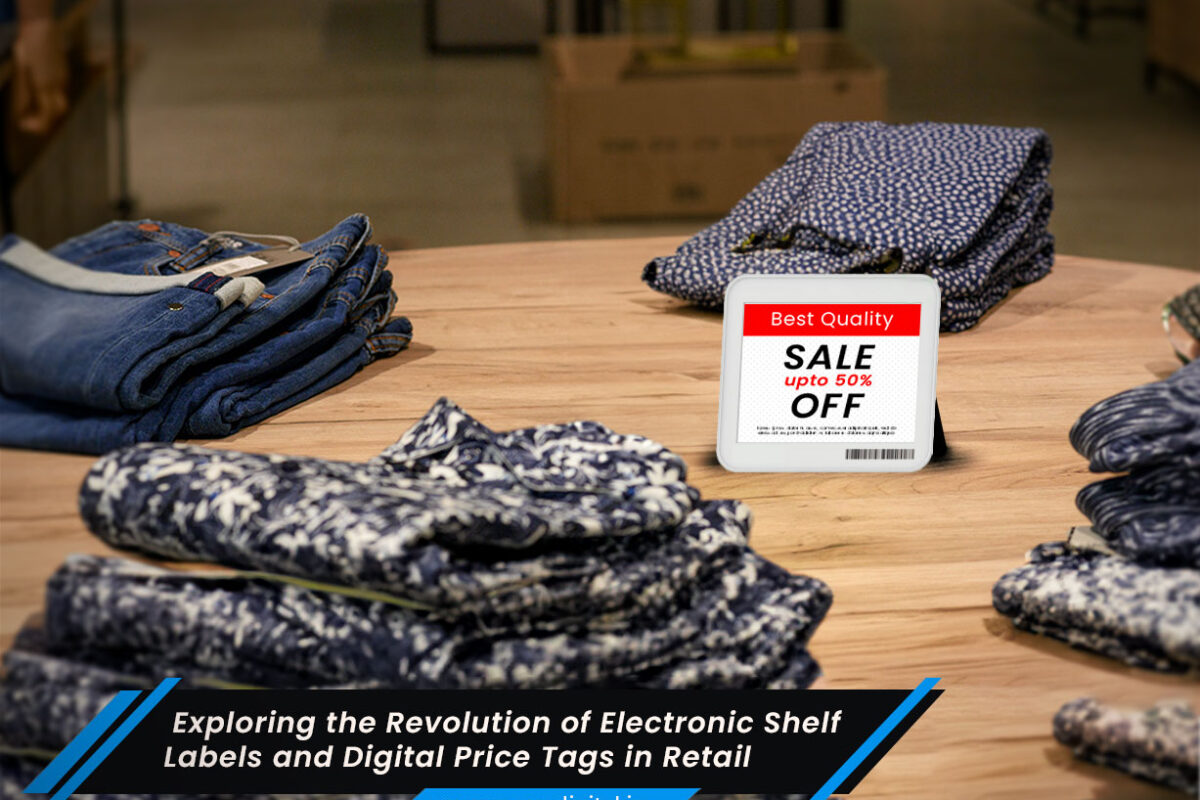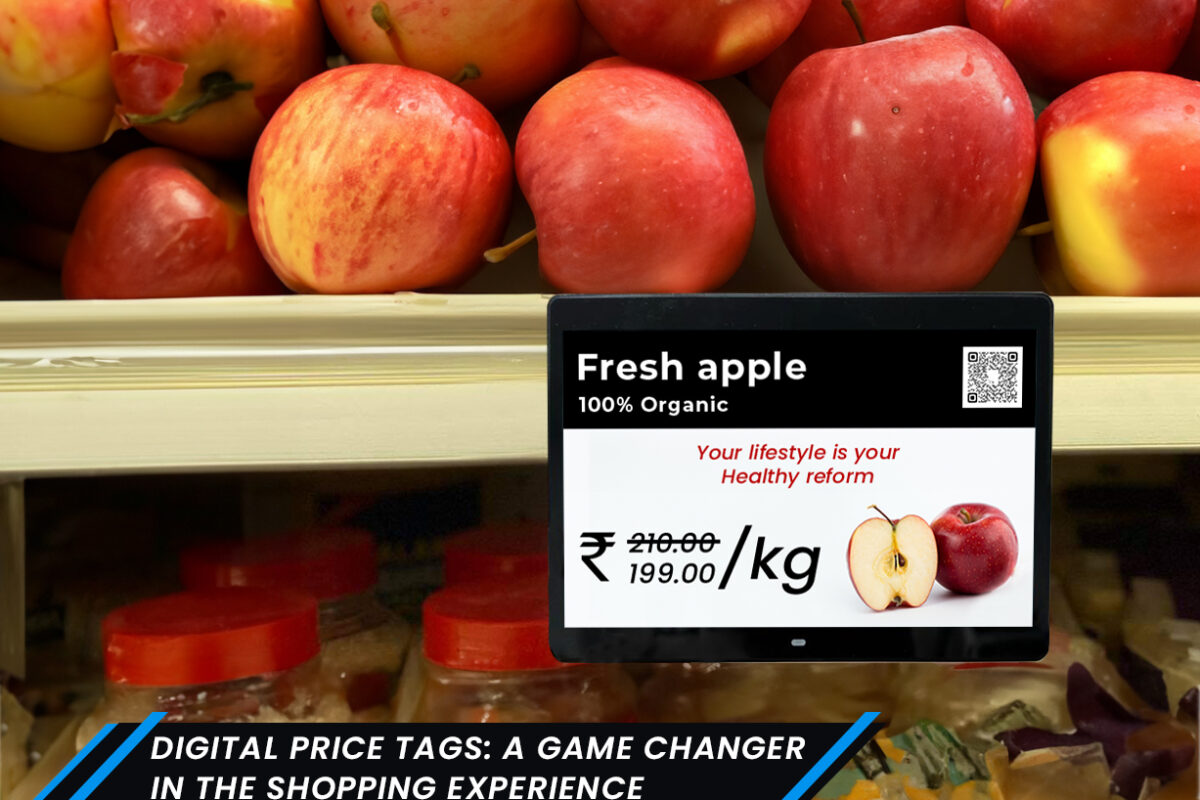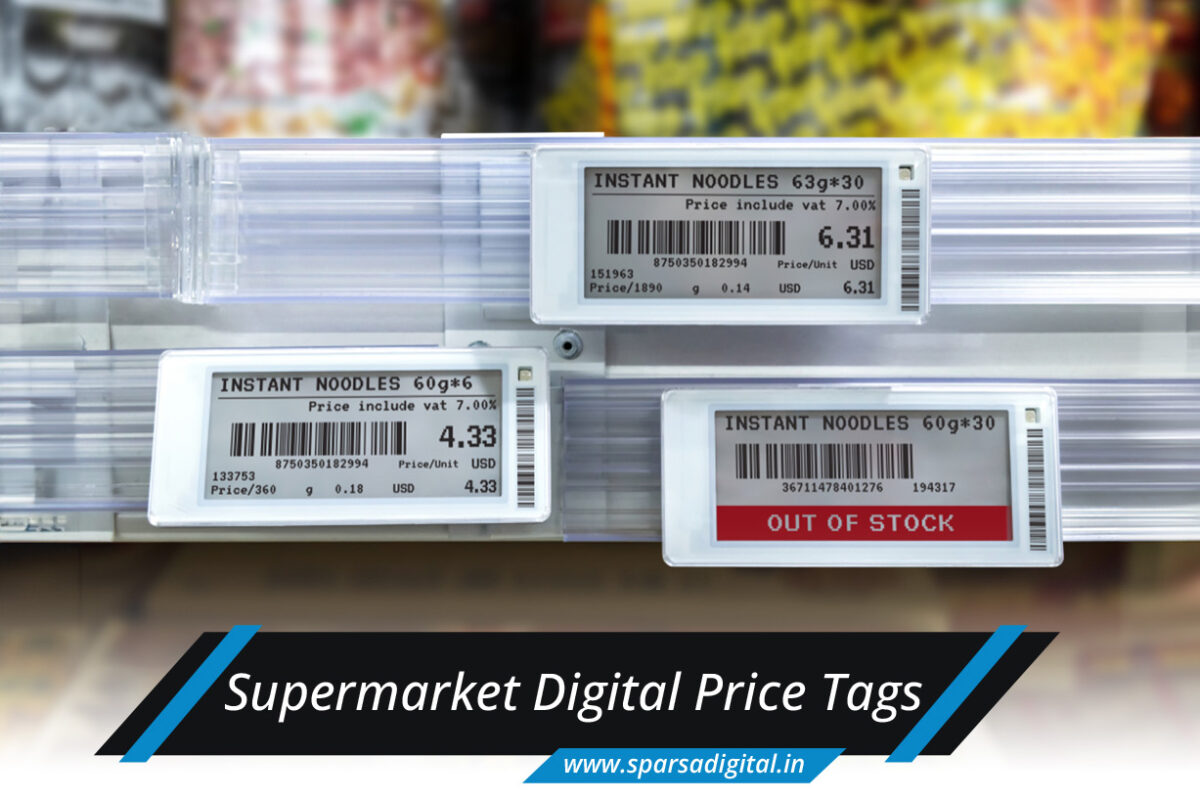In the bustling aisles of modern retail stores, a silent revolution is taking place. Traditional paper price tags and manual price updates are giving way to sleek digital displays that promise greater efficiency, flexibility, and customer engagement. Enter the era of digital price tags and electronic shelf labels (ESLs), where the humble price tag becomes a dynamic conduit for innovation in the retail landscape.
The retail industry is constantly evolving, driven by technological advancements and changing consumer preferences. In this digital age, where convenience and efficiency reign supreme, retailers are under pressure to adapt or risk being left behind. One area where this adaptation is particularly evident is in the realm of pricing and product information display.
Digital price tags and Electronic Shelf Labels represent a paradigm shift in how retailers manage pricing and communicate with customers. No longer constrained by static paper tags, retailers can now dynamically update prices, promotions, and product information in real-time. This not only streamlines operations but also opens up a world of possibilities for enhancing the shopping experience.
The Evolution of Pricing in Retail
The concept of price tags dates back to the 19th century when retailers began using printed labels to display prices alongside products. For decades, this basic method remained largely unchanged, with manual price updates being the norm. However, as retail operations grew in scale and complexity, so too did the challenges associated with managing pricing information.
The advent of barcode technology in the 1970s revolutionized retail operations, enabling more efficient inventory management and checkout processes. Barcode scanners made it easier to track product sales and update pricing centrally. However, the reliance on paper price tags persisted, presenting limitations in terms of flexibility and responsiveness to market changes.
Enter Digital Price Tags and ESLs
Digital price tags and ESLs represent the next evolution in retail pricing technology. These electronic displays leverage digital signage and wireless communication technologies to provide real-time updates and information dissemination. Unlike traditional paper tags, which require manual intervention to update, digital tags can be remotely controlled and programmed, allowing for instantaneous price changes and promotional updates across entire store networks.
The benefits of digital price tags and ESLs are manifold:
- Real-Time Price Updates: With digital tags, retailers can adjust prices instantaneously in response to market conditions, competitor pricing, or promotional campaigns. This agility enables retailers to remain competitive and maximize revenue opportunities.
- Reduced Operational Costs: By eliminating the need for manual price tag updates, retailers can significantly reduce labor costs associated with pricing and signage management. Additionally, the durability of digital displays reduces the frequency of replacement compared to paper tags, further lowering operational expenses.
- Improved Accuracy: Digital price tags minimize the risk of pricing errors and inconsistencies, ensuring that customers are charged the correct amount for their purchases. This enhances trust and credibility in the retailer’s brand and reduces the likelihood of disputes at the checkout.
- Enhanced Customer Experience: Dynamic digital displays can leveraged to provide additional product information, such as ingredients, nutritional values, and customer reviews. Interactive features, such as barcode scanning or product comparison tools, empower customers to make informed purchasing decisions.
- Personalized Promotions: Digital price tags enable retailers to deliver targeted promotions and personalized offers based on customer demographics, purchase history, or location. This personalized approach enhances customer engagement and loyalty, driving repeat business.
- Environmental Sustainability: By reducing the consumption of paper and ink associated with traditional price tags, digital displays contribute to environmental sustainability efforts. Furthermore, the longevity of electronic displays minimizes electronic waste compared to disposable paper tags.
Implementation Challenges and Considerations
While the benefits of digital price tags and ESLs are compelling, their widespread adoption is not without challenges. Retailers must consider various factors when implementing these technologies:
- Initial Investment: The upfront cost of deploying digital price tags and ESLs can be significant, especially for large retail chains with extensive store networks. However, the long-term cost savings and operational efficiencies often justify the initial investment.
- Integration with Existing Systems: Seamless integration with existing inventory management, pricing, and POS systems is essential for the effective deployment of digital price tags. Compatibility issues can arise if systems are not adequately synchronized, leading to inaccuracies and inefficiencies.
- Maintenance and Support: While digital displays offer greater durability than paper tags, they still require periodic maintenance and technical support. Retailers must ensure access to timely maintenance services to address issues such as display malfunctions or software updates.
- Data Security and Privacy: The wireless communication capabilities of digital price tags raise concerns about data security and privacy. Retailers must implement robust encryption protocols and access controls to safeguard sensitive pricing and customer information.
- Training and Change Management: Transitioning from paper tags to digital displays may require training for store staff to familiarize them with new processes and technologies. Change management strategies should employed to minimize resistance to adoption and ensure smooth implementation.
The Future of Retail Pricing
As technology continues to advance, the future of retail pricing holds exciting possibilities. Emerging technologies such as RFID (Radio Frequency Identification) and NFC (Near Field Communication) are poised to further revolutionize pricing and inventory management in retail environments. These technologies offer advantages such as improved product visibility, automated inventory tracking, and enhanced customer engagement.
Additionally, the convergence of digital price tags with AI-powered analytics holds promise for predictive pricing strategies and dynamic pricing optimization. By leveraging data insights and machine learning algorithms, retailers can anticipate demand fluctuations, optimize pricing strategies in real-time, and maximize profitability.
Furthermore, the proliferation of omnichannel retailing is driving demand for seamless pricing consistency across online and offline channels. Digital price tags and ESLs play a crucial role in enabling retailers to maintain pricing parity and deliver a cohesive shopping experience across all touchpoints.
Conclusion
Digital price tags and electronic shelf labels represent a transformative technology that is reshaping the retail landscape. By replacing static paper tags with dynamic electronic displays, retailers can achieve greater operational efficiency, enhance customer engagement, and stay competitive in an increasingly digital marketplace. While implementation challenges exist, the long-term benefits of these technologies far outweigh the initial hurdles. As retailers embrace innovation and harness the power of digital signage, the future of retail pricing looks brighter than ever before.





